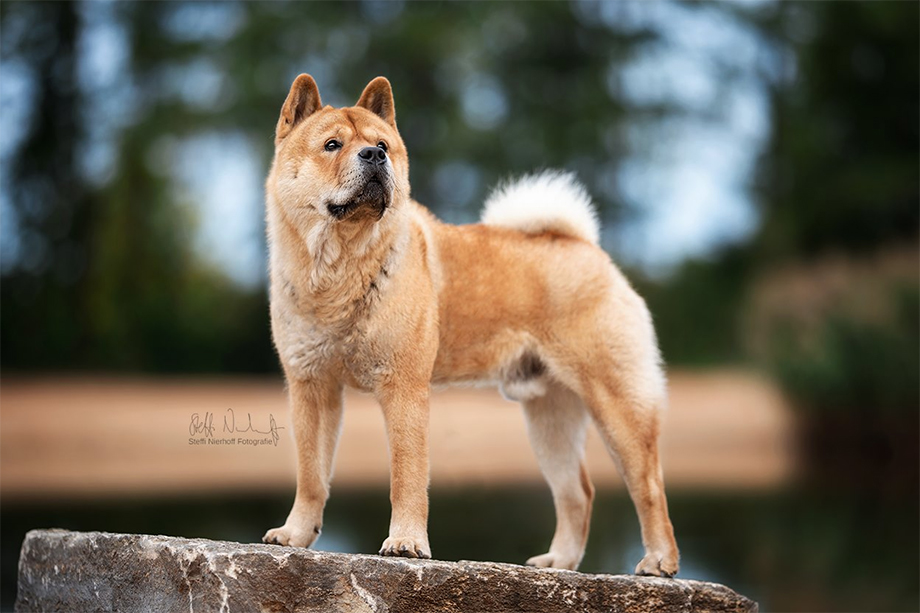Aboriginal Dog

Gastbeitrag von PADS
Foto von Steffi Nierhoff
There is always the discussion about how to save aboriginal dogs.
There are different ways, but most aboriginal dogs are living the way they always did: as free-ranging dogs, sometimes owned, sometimes not. But these free-ranging dogs are always threatened to be mixed up with european breed dogs, which are in many regions are considered as a status symbol. That happened with many beduin dogs or INDogs near the bigger settlements. In Israel it’s hard to find pure aboriginal dogs anymore.
The other solution would be making these dogs into a breed, like it happened with the Canaan dog (former beduin dogs), the Basenji (former Native Basin Congo dogs) or the Taiwan dogs (former Formosan Mountain dogs). All of them were made into a breed, but can be found still roaming around in their home country. They’re preservation breeds, their appearance and most of their behaviour shouldn’t be changed.
But saving landraces or aboriginal dogs as a breed can create another problem, if these dogs were made into a mainstream breed. You all know the example of the ChowChow, they were changed through time and the western ChowChow has nothing in common with the original Chow still found in some areas in China.
So saving aboriginal dogs by making a breed out of them could be the only solution, but needs breeder who care for these dogs and value their origin purpose and lifestyle. These aren’t dogs who should be made into a showbreed and changed, just because mankind likes to do.
The Primitive and Aboriginal Dog Society is dedicated to promoting the conservation of the world’s primitive dogs (dingoes, New Guinea Singing Dogs) and ancient indigenous aboriginal domestic dogs. PADS members have various backgrounds: scientists, researchers, fanciers of specific breeds, people interested in aboriginal dogs in general, anthrozoologists, anthropologists. Topics of discussion: preserving aboriginal dogs in their area of origin; establishing a pedigreed population; maintaining genetic diversity/breeding programs; educating the dog fancy and public about the qualities of aboriginal dogs.

The great picture of this beautiful smooth chow chow shows that, luckily, some western chow chows are still fairly close to the original chow chow!